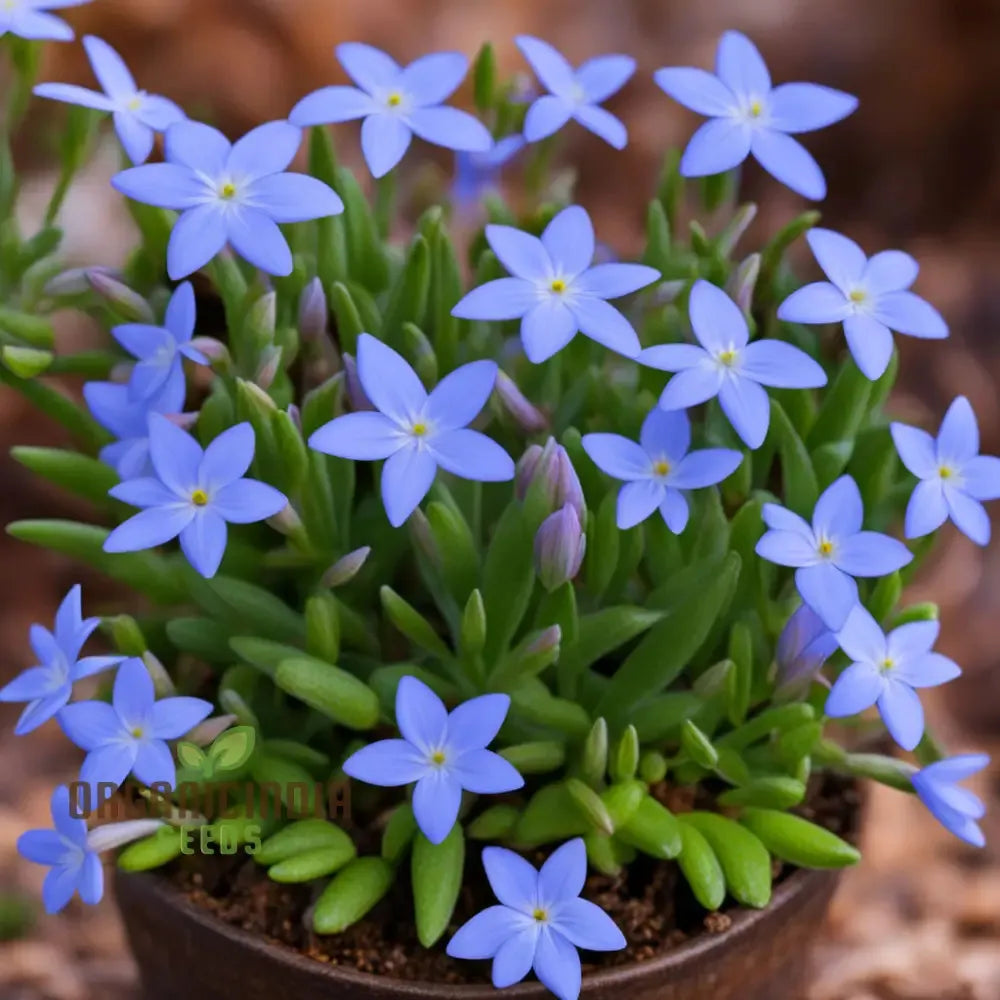How to Grow and Care for Pineapples: A Complete Guide for Home Gardeners
Pineapples (Ananas comosus) are tropical fruits known for their sweet, tangy flavor and vibrant golden flesh. While commonly associated with warm climates, pineapples can also be grown in containers, making them accessible to home gardeners worldwide. This guide will walk you through when, where, and how to plant pineapples, care tips, companion plants, and harvesting techniques to ensure a successful yield.

Why Grow Pineapples?
Growing pineapples at home has several benefits:
- Fresh, Homegrown Fruit: Enjoy naturally ripened pineapples with superior sweetness.
- Low-Maintenance Plant: Pineapples require minimal watering and care once established.
- Beautiful Ornamental Plant: Their long, spiky leaves and unique growth pattern add an exotic touch to gardens or indoor spaces.
- Perennial Growth: A single pineapple plant can produce multiple fruits over several years.
When to Plant Pineapples
The best time to plant pineapples depends on your location:
- Tropical & Subtropical Climates: Plant any time of the year, as warm temperatures support continuous growth.
- Temperate Regions: Start indoors in late winter or early spring and move outdoors when temperatures stay above 60°F (16°C).
Pineapples thrive in USDA zones 9–11 but can be grown in pots and brought indoors in cooler regions.
Where to Plant Pineapples
Pineapple plants require warm temperatures, plenty of sunlight, and well-drained soil to thrive.
- Sunlight: Needs 6–8 hours of direct sunlight daily.
- Soil: Prefers sandy, well-draining soil with a pH of 4.5–6.5. Avoid heavy clay soil that retains moisture.
- Spacing: Space plants 2–3 feet apart to allow for full growth.
- Containers: If growing in pots, use a 12–15 inch wide container with drainage holes.
How to Plant Pineapples
Pineapples can be grown from the top of a store-bought fruit or from suckers and slips from an existing plant.
Planting from a Pineapple Top
- Choose a Healthy Pineapple: Select a ripe, fresh pineapple with a green, leafy crown.
- Remove the Top: Twist or cut off the leafy crown, removing any excess fruit to prevent rot.
- Dry the Crown: Let it dry for 2–3 days to prevent rotting when planted.
- Rooting the Crown (Optional): Place the base in water until roots appear (2–3 weeks) or plant directly in soil.
- Plant in Soil: Bury the base 1–2 inches deep in a well-draining potting mix.
- Water Lightly: Keep the soil slightly moist, but avoid overwatering.
Planting from Suckers and Slips
- Suckers and slips grow from the base of an existing pineapple plant and produce fruit faster than crowns.
- Detach them when they are 6–8 inches tall and plant them directly in soil.

How to Care for Pineapples
Watering
- Pineapples need moderate watering. Keep the soil moist but not soggy.
- Water once a week in cooler months and twice a week in dry, hot conditions.
Fertilization
- Apply a balanced fertilizer (10–10–10) every 6–8 weeks.
- Use compost or organic mulch to retain moisture and enrich the soil.
Pruning and Maintenance
- Remove dead or yellowing leaves to keep the plant healthy.
- Once the fruit is harvested, leave the plant, as it will produce new suckers for future growth.
Pest and Disease Control
- Common pests: Mealybugs, scale insects, and spider mites. Use neem oil or insecticidal soap to manage infestations.
- Diseases: Root rot can occur if the soil stays too wet. Ensure proper drainage.
Companion Plants for Pineapples
Companion planting improves plant health and deters pests.
Best Companion Plants
- Marigolds: Repel harmful insects.
- Legumes (Beans, Peas): Enrich soil by adding nitrogen.
- Aloe Vera: Helps retain soil moisture and acts as a natural pest repellent.
- Thyme & Basil: Repel insects and enhance nearby plant growth.
Plants to Avoid
- Potatoes & Tomatoes: Compete for nutrients and may attract similar pests.
- Walnuts: Release chemicals that inhibit pineapple growth.
When and How to Harvest Pineapples
When to Harvest
- Pineapples take 18–24 months to mature from a crown and 12–18 months from a sucker or slip.
- Signs of ripeness:
- Golden-yellow skin (not green).
- A sweet aroma at the base.
- The leaves pull out easily when gently tugged.
How to Harvest
- Use sharp pruning shears to cut the fruit close to the base.
- Handle gently to prevent bruising.
Storage Tips
- Refrigerate whole pineapples for up to 5–7 days.
- Freeze pineapple chunks for long-term use in smoothies and desserts.
Health Benefits and Uses of Pineapples
Pineapples are packed with vitamins, antioxidants, and digestive enzymes, making them a highly nutritious fruit.
Health Benefits
- Rich in Vitamin C: Supports immunity and skin health.
- Aids Digestion: Contains bromelain, an enzyme that helps break down proteins.
- Anti-Inflammatory Properties: Helps reduce swelling and pain.
- Supports Heart Health: High in fiber and antioxidants.
Ways to Use Pineapples
- Fresh: Eat as a snack or in fruit salads.
- Juice: Make refreshing pineapple juice or smoothies.
- Cooking: Use in stir-fries, curries, and grilled dishes.
- Desserts: Add to cakes, ice creams, and tropical fruit bowls.
Final Thoughts
Pineapples are fun and rewarding to grow, whether in a garden or a container. With proper care, you can enjoy fresh, homegrown pineapples packed with flavor and nutrition. Whether you’re a beginner or an experienced gardener, pineapples offer a low-maintenance, high-reward gardening experience.
Start growing high-quality pineapple plants or seeds today from Organic India Seeds and bring the taste of the tropics to your home!



Hinterlasse einen Kommentar
Diese Website ist durch hCaptcha geschützt und es gelten die allgemeinen Geschäftsbedingungen und Datenschutzbestimmungen von hCaptcha.